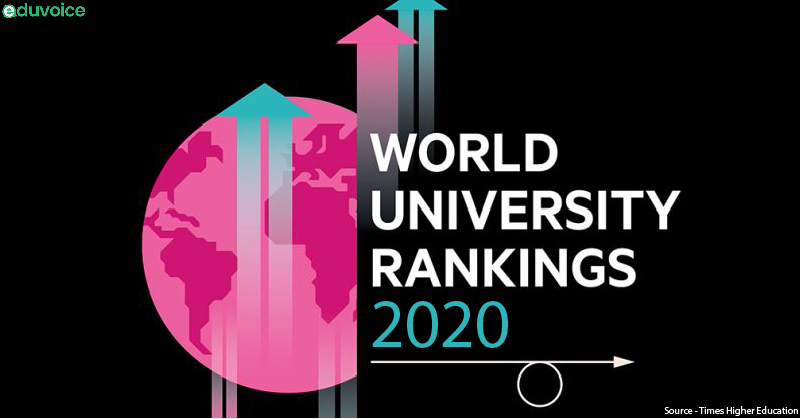QS World University Ranking 2020 were released on Wednesday with only three Indian institutes making it to top 200.
QS World University Ranking for 2020 was released on Wednesday and yet again the same two-three names have made it to the top 200 list. This year there has also been a re-shuffling of the ranks of Indian institutes that have made a place in the top 200 list. IIT Bombay which was at 162nd rank last year has moved up to 152nd rank. IIT Delhi and IISc Bangalore have moved down in the rank table – IIT Delhi has moved down from 172nd rank to 182nd and IISc Bangalore has moved from 170th rank to 184th rank.
While the improvement in IIT Bombay’s rank is a matter to rejoice, the absence of Indian institutes from the top 100 or top 150 does pose questions about where do Indian institutes lack.
The answer lies in the parameters which are used to assess the performance of participating institutes and their scores in each parameter.
World University Rankings: Where India Lacks
For the QS World University Ranking, institutes are scored on six basic parameters – Academic Reputation, Employer Reputation, Faculty Student, Citations per Faculty, International Faculty, and International Students.
A comparison between scores of IIT Bombay (152nd rank), University of St Andrews (100th rank), and University of Basel (151st rank) reveals that despite scoring better on academic parameters, IIT Bombay loses ground when it comes to ‘International Faculty’, and ‘International Students’.
When compared to University of St Andrews, IIT Bombay has scored better in Academic Reputation with 54.5 points as opposed to University of St Andrews’ 45.2 points. IIT Bombay also has a better score in Employer reputation criteria. But when it comes to International Faculty, University of St Andrews has 98.7 points and IIT Bombay has a meager 3.4 points. In terms of International Students too, University of St Andrews has 99.8 points and IIT Bombay has just 1.6 points.
University of Basel has been placed a rank above IIT Bombay despite a lower score in Academic Reputation, Employer Reputation, and Faculty Student ratio, because it fares better in Citations per faculty, International Faculty, and International Students category.
Study In India Programme
Identifying the area where Indian Universities lack, the Government of India started the ‘Study in India’ initiative in 2018. The programme aims to promote Indian education to 2 lakh international students by 2023. 55% of the total seats available for International students will be available, under the fee waiver scheme on a merit basis.
As per the present framework, there is a provision of 10-15% supernumerary seats for International Students, thus not affecting the number of seats for Indian students.
Research and Citations
Indian Government has also addressed the issue of dwindling research in the country by introducing initiatives such as IMPRINT. One of the objectives of IMPRINT is to fund and support projects to address the major science and engineering challenges.
University Grants Commission (UGC), the central body which regulates University education in India, recently warned members of the academic community to avoid publication in predatory or dubious journals or participation in predatory conferences. The directive came after it was reported that the percentage of research articles published in predatory journals is high in India.
In terms of research in the fields of Social Science and Humanities, Ministry of Human Resource Development (MHRD) launched two web portals aimed at facilitating research projects in the areas of Social Sciences by academics in India (IMPRESS), and research collaboration among Indian and Foreign Academics (SPARC).
How these developments bear on Indian Universities’ worldwide rankings will be clear only in the coming years.

